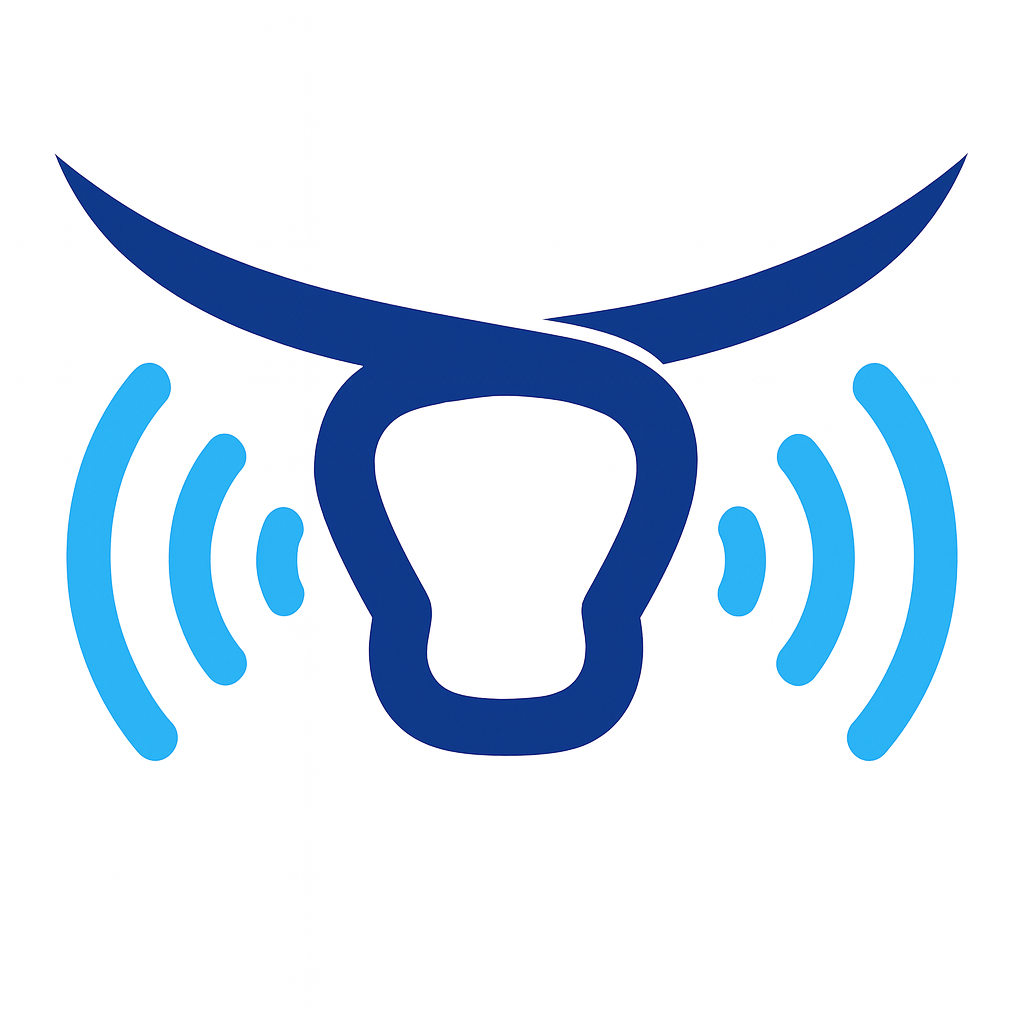Introduction: Cattle scales play a crucial role in livestock management, enabling farmers and ranchers to monitor animal health, track weight gain, and optimize feed conversion rates. In this comprehensive guide, we'll explore the importance of cattle scales, the different types of scales available, and how to choose the best weighing solution to meet your unique needs.
Section 1: The Importance of Cattle Scales in Livestock Management
- Accurate weight measurements for improved feed management and profitability
- Monitoring animal health and detecting potential health issues early on
- Ensuring compliance with industry regulations and weight-based marketing
- Enhanced decision-making for breeding, culling, and overall herd management
Section 2: Types of Cattle Scales
- Portable cattle scales: Perfect for on-the-go weighing, these scales are designed for easy transport and setup. They're ideal for ranchers who need to weigh cattle in multiple locations or with limited infrastructure.
- Stationary cattle scales: Designed for permanent installations, stationary scales offer maximum stability and durability. These heavy-duty scales are built to withstand daily use and provide consistently accurate results.
- Custom cattle scales: For those with unique requirements or specific livestock management practices, custom cattle scales can be designed and manufactured to meet individual needs.
Section 3: Key Features to Look for in a Cattle Scale
- Accuracy: The most important factor to consider is the scale's accuracy, as precise weight measurements are crucial for effective livestock management.
- Durability: Choose a scale made of high-quality materials and components to ensure long-lasting performance and reliability.
- Ease of use: Opt for a user-friendly scale with simple operation and minimal maintenance requirements.
- Weight capacity: Make sure the scale can accommodate the weight range of your cattle, including the heaviest animals in your herd.
- Connectivity and data management: Some scales offer integration with farm management software, allowing for seamless data transfer and analysis.
Section 4: Tips for Using and Maintaining Your Cattle Scale
- Regular calibration: To maintain accuracy, calibrate your scale regularly according to the manufacturer's recommendations.
- Proper setup and leveling: Ensure the scale is set up on a level surface and secured to prevent shifting during use.
- Cleanliness: Keep the scale platform clean and free of debris, as accumulated dirt can affect weight readings.
- Routine maintenance: Follow the manufacturer's guidelines for routine maintenance, including battery replacement and lubrication of moving parts.
Conclusion: Investing in the right cattle scale is essential for effective livestock management and the overall success of your operation. By understanding the various types of cattle scales available and considering key factors like accuracy, durability, and ease of use, you'll be better equipped to choose the perfect weighing solution for your needs. With proper use and maintenance, your cattle scale will provide accurate, reliable measurements that help you make informed decisions and improve your livestock management practices.

